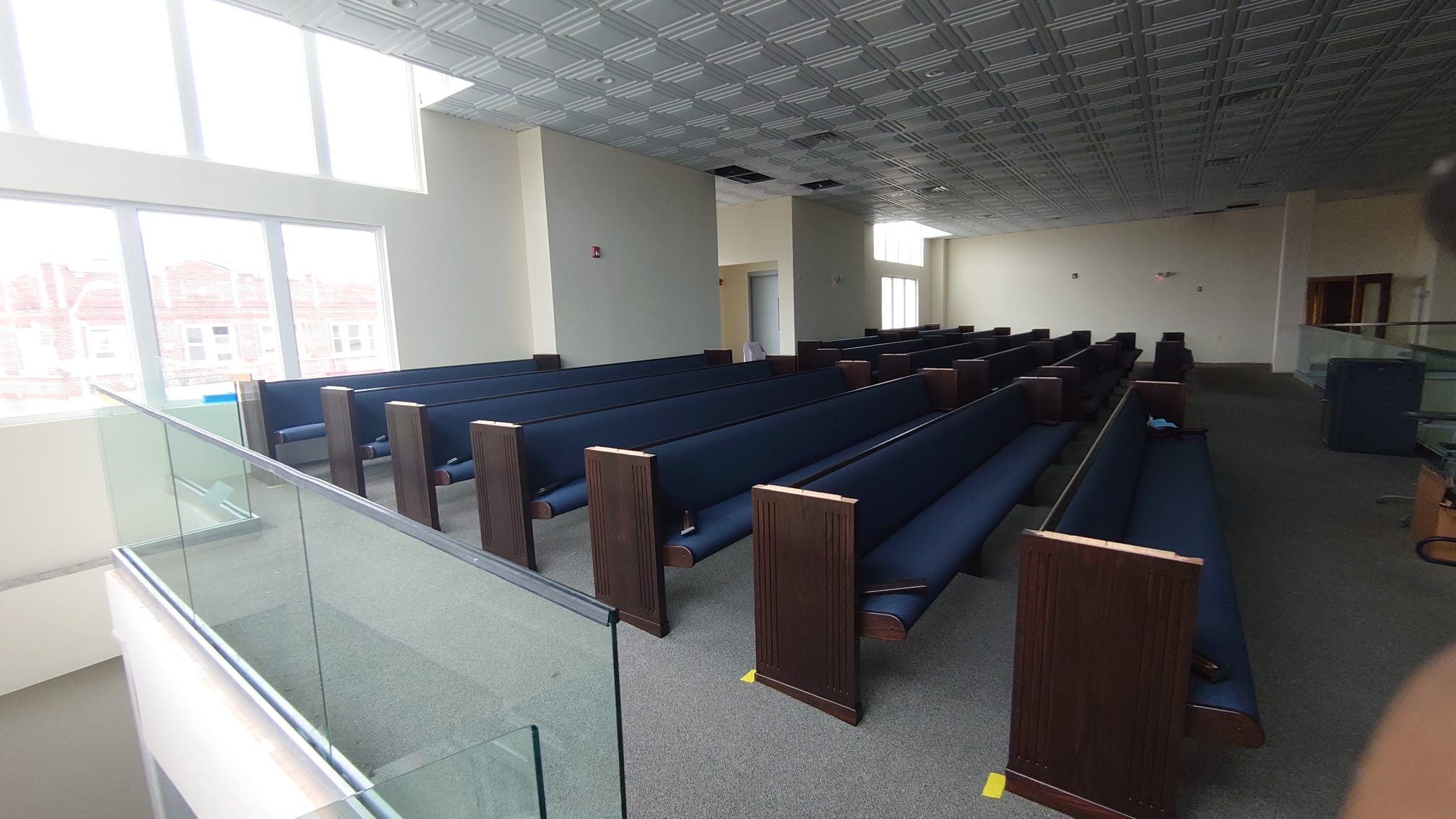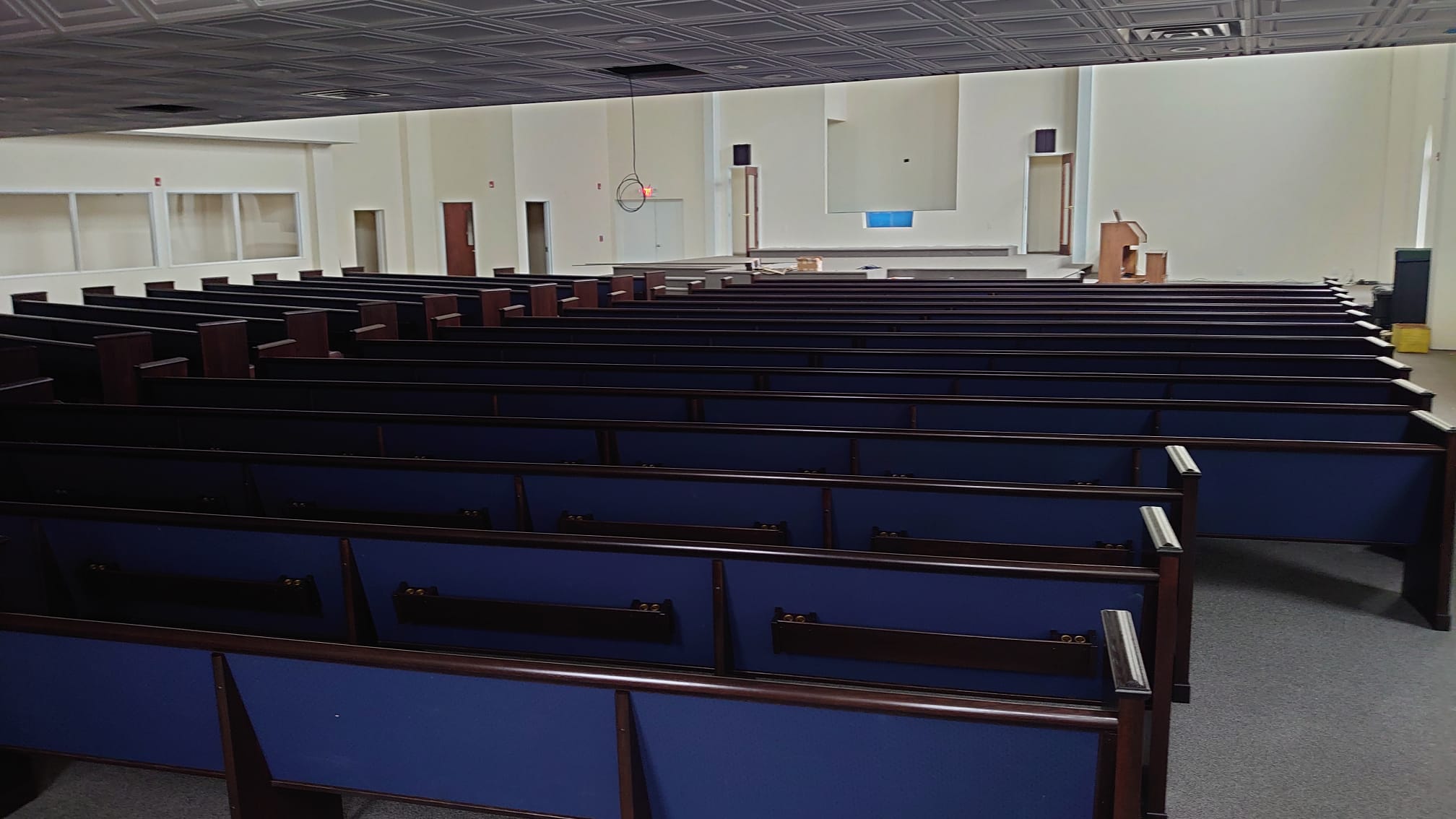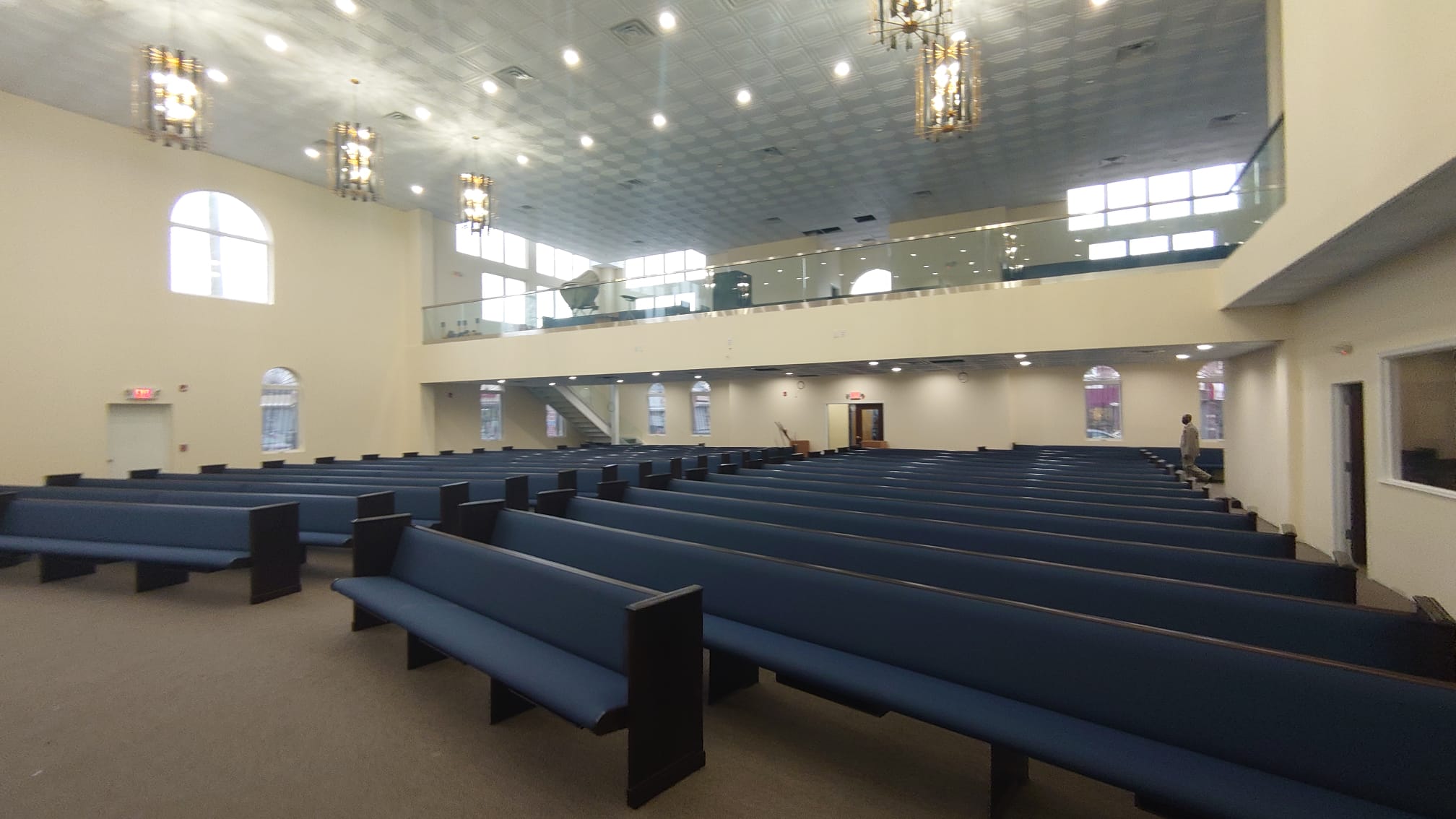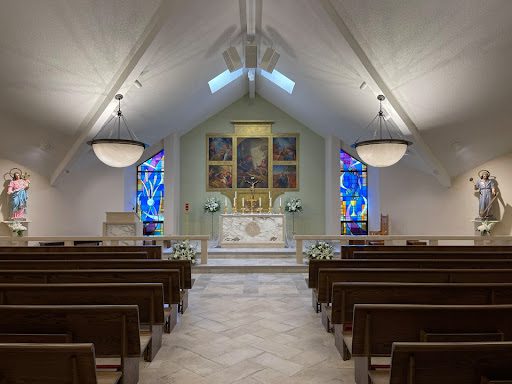
Wooden church furniture plays a central role in the beauty and atmosphere of a worship space. From pews polished by decades of use to finely crafted chairs and sacred furnishings, each piece carries both function and history. But wood is a living material, and without proper upkeep, it can lose its luster, warp with moisture, or develop scratches that dull its sacred presence. That is why understanding church furniture maintenance is essential, not only to preserve appearance but also to extend the life of your investment for generations.
This guide will explain the best practices for caring for church pews and other wooden sacred furnishings, covering everything from everyday upkeep to deep-cleaning techniques. You will also learn about the different types of finishes, including hard finishes versus oil finishes, and how the right cleaning method makes all the difference.
Why Proper Care Matters for Wooden Church Furniture
Churches are high-traffic environments. Week after week, pews, chairs, and other wood furnishings in churches and synagogues are touched, leaned against, and exposed to environmental changes. Dust, skin oils, and even sunlight can slowly degrade wood. Without attention, damage can occur in three common ways:
- Scratches and surface wear from shoes, books, or moving furniture.
- Warping or splitting caused by fluctuations in humidity and temperature.
- Fading and dullness from years of exposure to sunlight or cleaning with harsh chemicals.
By following intentional wood pew care tips, congregations can keep furniture both beautiful and durable, ensuring that it continues to serve worshippers well into the future.
Hard Finish vs. Oil Finish
Before discussing cleaning methods, it is essential to determine the type of finish on your church furniture. The finish protects the wood and determines how you will maintain it properly.
Hard Finish
A hard finish, such as polyurethane, varnish, or lacquer, forms a protective coating that seals the wood’s surface. This finish is durable, resistant to stains, and easier to clean. For pews with this finish:
- Dust regularly with a soft, dry cloth to prevent buildup.
- Wipe with a damp cloth (not wet) when needed, followed immediately by drying with a soft towel.
- Avoid products containing ammonia, bleach, or abrasives, which can dull or damage the finish.
Oil Finish
An oil finish, such as tung oil or linseed oil, penetrates the wood fibers rather than sitting on top. While this gives the wood a rich, natural appearance, it also makes it more vulnerable to moisture and stains. For pews with an oil finish:
- Dust often with a microfiber cloth to protect the pores of the wood.
- Reapply oil periodically to nourish and refresh the wood, typically once or twice a year depending on use and climate.
- Never clean with excess water, as it can seep into the grain and cause warping.
Knowing your finish is the first step toward effective maintenance of church furniture. Treating oil-finished wood like hard-finished wood—or vice versa—can result in unintentional damage.
Daily and Weekly Cleaning and Simple Steps for Long-Term Beauty
Routine upkeep is the foundation of wood furniture care. Incorporating small tasks into weekly cleaning prevents major issues later.
- Dusting: Use a soft, lint-free cloth or microfiber duster. Pay attention to the corners and edges of the pews, where dust often accumulates.
- Spot Cleaning: Immediately address fingerprints, smudges, or spills with a slightly damp cloth. Always follow with a dry cloth.
- Vacuuming: For pew cushions or fabric accents, use a vacuum with a soft-brush attachment to remove dirt and crumbs without pulling at the fabric.
- Polishing: If polishing the wood becomes necessary, use a fine liquid polish designed specifically for church pews and wooden furniture. Polishing more than annually or semi-annually is not necessary.
The key is consistency. Just as dust accumulates quickly in a home, church furniture is exposed to even more wear and tear due to its heavy weekly use.
Remember Seasonal Maintenance for Lasting Strength
While weekly cleaning keeps things tidy, deeper maintenance is necessary at least a few times a year. This type of care addresses the underlying needs of the wood and prevents deterioration.
- Inspect the Furniture: Look for loose joints, splinters, or finish wear. Early repairs prevent bigger problems.
- Condition Oil-Finished Wood: Reapply oil treatments as recommended, wiping away excess to avoid sticky residue.
- Control the Environment: Maintain stable humidity levels (ideally between 35–55%) to prevent warping and splitting. Churches with fluctuating climates should consider humidifiers or dehumidifiers as needed.
These seasonal steps not only preserve furniture but also highlight a congregation’s dedication to caring for the sacred space.
Common Mistakes to Avoid in Church Furniture Care
Even with the best intentions, improper cleaning can harm wood pews and other furnishings. Here are mistakes to avoid:
- Using household cleaners like bleach, ammonia, or multipurpose sprays. These strip finishes and dry out wood.
- Overusing water during cleaning. Excess moisture can seep into joints and cause swelling or warping.
- Skipping routine care. Waiting until furniture looks dull or damaged often means costly refinishing is required.
- Dragging chairs or freestanding furniture across the floor instead of lifting. This leads to scratches on both wood and flooring and can lead to more extensive damage to the furniture over time.
By avoiding these pitfalls, congregations protect their investment and keep church furniture looking its best.
Practical Wood Pew Care Tips for Every Congregation
No matter the size of your church, consistent care is achievable with the proper habits and products. Here are some practical takeaways:
- Assign a small cleaning team or rotate responsibility among volunteers.
- Train staff or volunteers on the differences between cleaning church furniture with hard finishes and oil finishes.
- Keep a supply of approved products, like gentle polishes, oils, and microfiber cloths, on hand for easy use.
- Schedule seasonal inspections to catch problems early.
These habits help ensure that wooden furniture remains functional and beautiful for years of worship.
Preserve the Beauty of Your Church Furniture
Maintaining wooden pews and furnishings is more than just a cleaning routine! It is a way of honoring the sacred space where communities gather. By understanding your furniture’s finish, committing to consistent cleaning, and avoiding common mistakes, you ensure that every seat, altar, and pulpit continues to inspire reverence and comfort.
For churches seeking guidance, refinishing, or new pieces crafted with care and made in the USA, New Holland Church Furniture is here to help. With a tradition of craftsmanship and a deep respect for furniture’s role in worship spaces, we provide expertise and quality solutions to keep sanctuaries beautiful for generations. Contact us today to explore how we can support your congregation’s needs.








